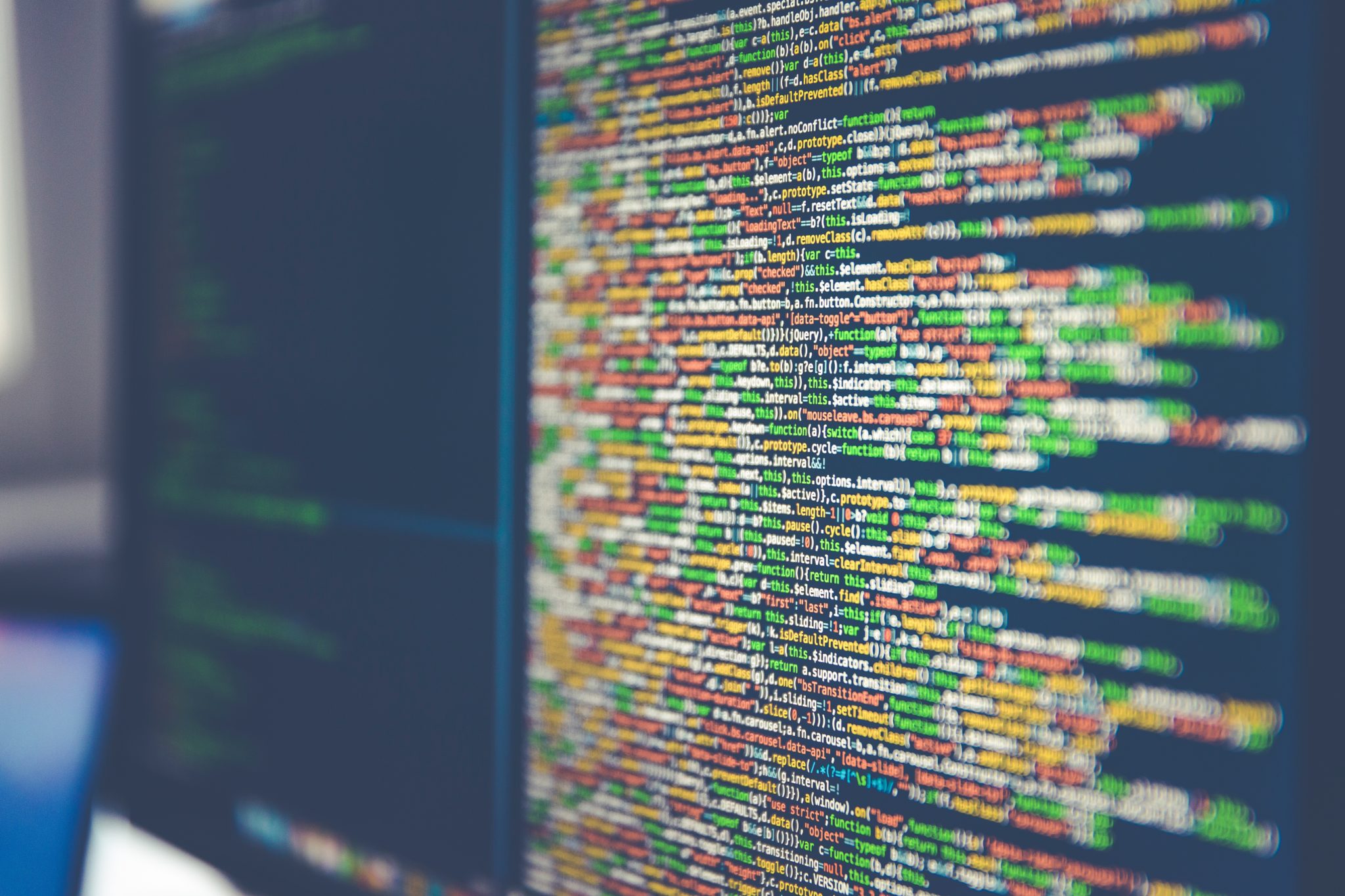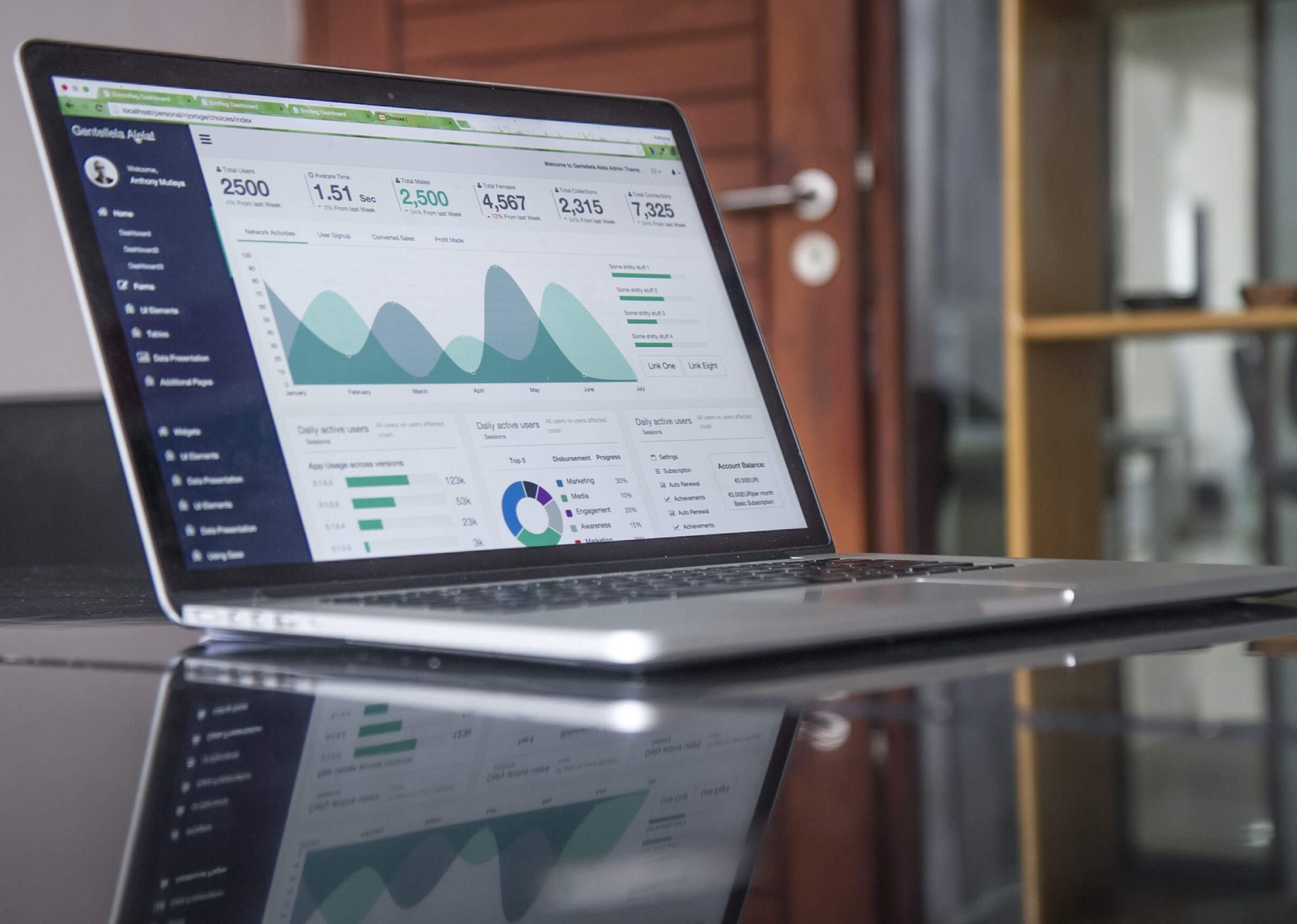Increasing Processing Speeds with new Memory Storage
One of the biggest pitfalls of our data collection and analysis is our storage capabilities and processing time. We’re limited by what our machines can handle. And though we’re working with more powerful machines than ever before, we still need to break barriers to access even faster processing and larger storage capacities.
Fortunately for us, Intel and Micron Technology have developed the 3D X-Point, a solid-state drive. This technology is four times denser than traditional RAM because it combines RAM and flash storage. This technology is almost 1,000 times faster at reading and writing information because it works even when it’s turned off. This is a revolution in data processing.
You’ll get to try out this new technology in the Intel Optane SSD DC P4800X Series, with a price tag at $1520. But what does this do for the future of data analysis?
What will this do for data analysis?
Essentially, this technology will increase processing speeds by 600%. This works alongside your hard drive, rather than replacing it, making it an ideal solution for data analytics. This kind of technology (which will only get better and more efficient over time) can be an affordable solution to gaining insights from large memory pools.
Why do processing speeds matter?
Big data isn’t going away. Let’s look at the amount of data that we generate every minute. You should view the Data Never Sleeps infographic put together by DOMO, but here’s a rundown:
- Google receives over 2,000,000 search queries
- Facebook users share 684,478 pieces of content
- Consumers spend $272,070 on web shopping
- Twitter users send over 100,000 tweets
- Apple receives nearly 47,000 app downloads
And there’s even more. This doesn’t count the medical records generated, utilities usage information, articles published, students accepted to universities, etc. Our need for greater processing speeds for data analytics is only increasing by the minute. Literally.
Conclusion
We need better forms of memory storage and processing in order to handle the huge amounts of data that are being produced by the minute.
The technology that Intel and Micron Technology created is a good step in the right direction but is just the frontier of the technology we’ll see and use in the future.
We use state-of-the-art technology to process big data and give you useful visual analytics. Contact us to talk about your data needs and request a pilot.









